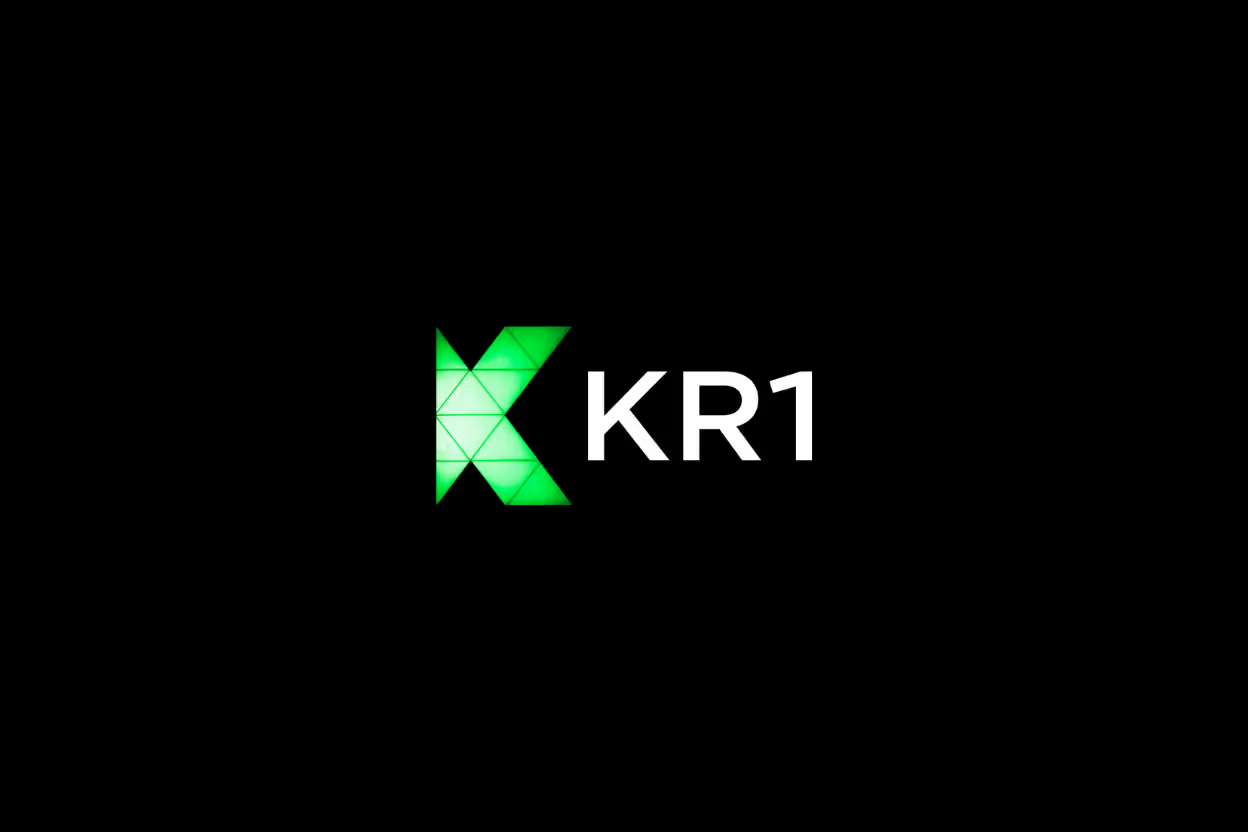Launching a Web3 product without relying on fake hype is essential for building lasting trust and real value. Many founders fall into the trap of paying for hype that doesn’t translate into genuine user engagement or sustainable growth. This approach wastes resources and can damage a project’s reputation before it even starts.
In this post, you’ll find clear, practical strategies to avoid common pitfalls. You'll learn how to attract real users and investors without flashy marketing or misleading promises. If you want your Web3 product to succeed on solid ground, focusing on authenticity is the only way forward.
Understanding the Problem with Fake Hype in Web3 Launches
Before you consider any launch strategy, it’s important to recognize the traps of fake hype. In the Web3 space, hype can spread fast, but not all hype is created equal. Some of it is artificially generated and doesn’t reflect genuine interest or value. This section breaks down what fake hype really means, why founders sometimes fall into this trap, and the risks it brings to your project’s future.
What is Fake Hype?
Fake hype happens when buzz around a product is forced or manufactured, rather than earned. This often involves paying for things like:
- Fake followers or community members who don’t engage or convert into real users.
- Bots that inflate social media or token activity to create an illusion of popularity.
- Exaggerated claims or promises that sound too good to be true but are pushed out to attract attention.
Imagine a freshly launched NFT project boasting hundreds of thousands of followers overnight—but a large share are just bots or paid accounts. Or a token launch where transaction volumes spike suddenly from coordinated buys with no real holders behind them. These aren’t signs of strength; they’re symptoms of fake hype.
Why Do Some Founders Resort to Fake Hype?
The pressures to create quick excitement in Web3 are immense. Founders face intense competition and investor expectations that demand fast growth numbers. Here are some reasons behind the shortcuts:
- Investor demands for rapid traction can push founders to show inflated user numbers or activity.
- The rush to stand out in a crowded marketplace makes it tempting to use shortcuts rather than build real momentum.
- Following market trends or hype cycles without a grounded strategy leads to overpromising and artificial boosts.
This isn't just about greed or dishonesty. Sometimes tight timelines, funding deadlines, and peer pressure make fake hype look like an easy path. But it’s a risky detour.
Long-Term Risks of Fake Hype
You can’t fake trust. While fake hype might bring you early attention, it can erode your project’s foundation. Here’s what happens over time:
- Damage to reputation: When the truth behind fake hype surfaces, your credibility tanks. Web3 communities remember quickly.
- Loss of user trust: Early adopters who feel misled won’t stick around or spread positive word of mouth.
- Poor retention and engagement: Without real users, your product won’t sustain growth or network effects.
- Investor hesitation: Those who see through fake hype will hesitate to fund your next steps, stalling further development.
In short, fake hype is like a house of cards — it might look impressive at first but collapses as soon as the wind blows.
Choosing authenticity over artificial hype lays the groundwork for steady growth and loyal supporters who believe in your Web3 product’s real value.
Genuine Strategies for Launching Your Web3 Product
Avoiding fake hype is about more than skipping shortcuts; it's about setting a foundation based on honesty and real connections. A genuine launch strategy begins with clear communication, grows by building authentic relationships, and gains strength through trustworthy advocates. These steps help you create meaningful momentum that lasts beyond the initial buzz.
Start with Clear, Transparent Communication
Transparency isn’t optional in Web3—it’s required. When you talk about your product, focus on what it actually offers and where it currently stands in development. Trust begins the moment your audience can honestly see your progress and limits.
To keep your messaging credible:
- Share realistic timelines, avoiding vague promises.
- Highlight ongoing development efforts and upcoming milestones.
- Speak plainly about both strengths and challenges.
- Use simple language to make technical details accessible.
This approach helps users and investors understand what to expect and sets you apart from projects overselling features. When you’re upfront, people are more likely to root for your success and stick around through ups and downs.
Build and Engage Your Community Organically
An organic community forms the lifeblood of Web3 products. Instead of chasing huge numbers, concentrate on genuine interactions. Invest time in listening to feedback, answering questions, and encouraging open dialogue.
Here’s how to grow your community the right way:
- Host discussions where early users can share thoughts freely.
- Reward constructive suggestions and active participation.
- Keep updates frequent and honest to maintain connection.
- Focus on quality over quantity in community size.
True engagement grows step by step, like planting seeds and patiently watering them. This authentic bond turns users into advocates without empty hype, helping your project gain momentum through meaningful support.
Leverage Real Advocates and Partnerships
Who better to promote your Web3 product than people who genuinely believe in it? Instead of offering bribes or fake incentives, collaborate with trusted influencers, developers, and early users who have firsthand experience with your project.
Look for partners who:
- Share your vision and values.
- Bring expertise or credibility to the table.
- Are respected voices within your target audience.
These advocates amplify your message in a way that feels honest and relevant, building trust among wider communities. Real partnerships form a solid network that boosts your product’s visibility without relying on illusions.
By sticking to clear communication, nurturing authentic communities, and working with true believers, you avoid fake hype traps and launch with integrity. Would you rather have thousands of hollow followers or a few hundred engaged supporters who care? The choice sets the course for your project's future.
Maximizing Exposure without Fake Hype
When launching a Web3 product, you want genuine attention that leads to real users and lasting support. Instead of chasing fast, artificial hype, focus on strategies that build credibility and fuel meaningful interest. Authentic exposure comes from adding value, joining conversations where your audience spends time, and encouraging honest participation. Let’s explore how to get your product noticed in ways that matter.
Utilize Content Marketing and Educational Resources
Creating helpful and informative content is one of the most effective ways to attract users who truly care about your Web3 product. Instead of flashy ads or grand promises, offer value through tutorials, blog posts, and AMA (Ask Me Anything) sessions that address real needs and questions.
Think about your audience’s challenges and create content that solves problems or clarifies complex ideas. For example:
- Detailed guides that show how to use your product or smart contracts.
- Explainers that break down your technology in simple terms.
- Live AMA sessions where you answer questions transparently and openly.
This approach signals confidence and builds trust over time. People appreciate brands that teach and inform instead of pushing hype. It also encourages sharing—because educational content gets passed around. Remember, content marketing is not about the loudest voice; it’s about the clearest and most helpful one.
Engage in Web3 Events and Forums
Real connections grow when you participate in communities directly, not just broadcast to them. Attending crypto conferences, local meetups, or joining online forums like Discord and Telegram channels can spark authentic conversations around your product.
Being present shows you care about the space and are open to feedback. It also lets you meet partners and early adopters who can become advocates. Networking at these events offers:
- Opportunities to demo your product face-to-face or via live streams.
- A chance to hear what users really want, sharpening your product fit.
- The ability to build genuine relationships with developers, investors, and enthusiasts.
These settings free you from the pressure to hype artificially; instead, you gain honest buzz fueled by real stories and endorsements. Plus, forums provide a space to respond quickly to concerns and show transparency.
Experiment with Community Token Incentives Responsibly
Tokens are powerful tools in Web3, but they must be used carefully to encourage honest user engagement rather than hype chasing. When designed well, community tokens can reward active participants, prompt valuable contributions, and align interests.
Best practices for token incentives include:
- Clear, achievable rewards for actions like product testing, bug reporting, or meaningful content creation.
- Avoiding large giveaways that attract opportunists without loyalty.
- Transparent rules and distribution schedules to maintain fairness.
For instance, instead of a “pump and dump” style airdrop, consider a vesting schedule that encourages continued involvement. Tokens can help build a culture of ownership where users feel invested and motivated to grow the project authentically.
By combining content that educates, attending real Web3 gatherings, and responsibly using token rewards, you can maximize exposure in a way that attracts genuine interest and builds a lasting foundation. This method helps you avoid costly hype bubbles that burst before your product gains real traction.
Measuring Success and Adjusting Strategy Post-Launch
After launching your Web3 product without resorting to fake hype, the real work begins. Genuine success comes from understanding how your product performs in the wild, listening to your community, and adjusting your strategies based on real insights. This step helps you build a sustainable foundation and avoid slipping back into quick-fix hype tactics as the pressure mounts.
Track User Engagement and Retention
The most reliable way to know if your product matters is by tracking how users interact with it over time. Instead of focusing on superficial metrics like follower counts or one-time downloads, focus on key performance indicators (KPIs) that reflect real involvement and community health:
- Daily and Monthly Active Users (DAU/MAU): Are users returning to your product regularly?
- Session Length: How long do users stay engaged each time they interact?
- Retention Rates: What percentage come back after their first use? High retention means your product delivers ongoing value.
- Transaction Volume from Real Users: Are genuine users conducting real interactions, not just inflated or bot-driven activity?
- Community Growth and Participation: Focus on quality contributions within your forums, discussions, and social platforms, not just raw numbers.
Tracking these KPIs shows whether you’re creating lasting user interest rather than just a momentary buzz. Adjust your product and marketing efforts according to these signals to deepen engagement and build momentum that lasts.
Gather and Act on Community Feedback
Your early users are your best source of insight. Genuine communities provide feedback that can help you refine your product and avoid costly missteps. When you invite input early and often, you turn users into partners in your growth.
- Set up open channels for feedback via forums, Discord, or dedicated surveys.
- Encourage honest critique by rewarding transparency, not just praise.
- Regularly share updates on how community insights shape your roadmap to build trust.
- Give your users a sense of ownership in the product’s evolution.
Involving your community this way keeps your development grounded and responsive to real needs. Users who see their feedback making a difference become loyal advocates, diffusing the need for artificial hype.
Avoid Falling Back into Hype Tactics
As your project grows, the temptation to inflate numbers or create artificial excitement may increase. However, maintaining authenticity is crucial to long-term success and reputation.
- Stay transparent: Always communicate honestly about progress and setbacks.
- Focus on value, not vanity: Prioritize product improvements that serve your users, not just metrics that look good externally.
- Resist shortcuts: Avoid buying followers, using bots, or promising features you can’t deliver.
- Keep your community close: Authentic supporters can spot hype fast and call you out.
Remember, the goal isn’t to create a spectacle but to build a strong foundation that can weather competition and changes in the market. Staying true to your values pays off with word-of-mouth, real investment interest, and sustainable user growth.
By consistently monitoring meaningful data, involving your community, and committing to honesty, you keep your Web3 project on track for real success without falling into the trap of fake hype.
Conclusion
Authenticity is the foundation of lasting success when launching a Web3 product. Honest communication, real community building, and transparent marketing earn trust that no paid hype can match. Focus on creating value for your users and engaging with them genuinely rather than chasing quick numbers.
Sustainable growth comes from steady, real interest built over time. Prioritize openness and listen to your community often to keep your product aligned with their needs. Avoid shortcuts that promise instant boosts but risk long-term harm.
Founders who commit to genuine engagement set their projects up to thrive beyond launches and hype cycles. Will you choose to build a foundation that lasts?

![How to Launch a Web3 Product Without Paying for Fake Hype [Proven Strategies for Founders]](https://cdn.prod.website-files.com/687e5ba1e7fce8bb8ee14664/6885047d94a1ec8ca5e48389_f4220c1d-75ec-475e-9275-dd2728711074.avif)







